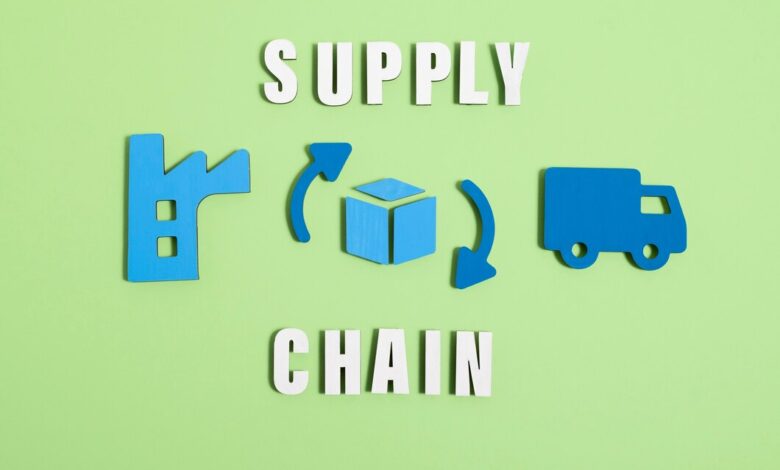10 Signs Your SA Business Is Experiencing Supply Chain Disruptions

In today’s interconnected world, supply chain disruptions can significantly impact a business’s operations, especially in South Africa, where regional and global factors often influence supply chains. Identifying the early signs of supply chain challenges is crucial for business continuity, and addressing them quickly can help mitigate potential losses. Here are ten signs that your South African business might be experiencing supply chain disruptions.
1. Delayed Deliveries from Suppliers
One of the first signs of supply chain issues is delayed deliveries from suppliers. Frequent delays may indicate bottlenecks or disruptions along the supply chain. Whether caused by transportation issues, labor strikes, or port congestion, persistent delays from suppliers can impact your production schedules and customer satisfaction. Monitoring delivery schedules closely helps to catch delays early and allows time for contingency planning.
2. Increased Supplier Costs
Rising costs from suppliers, especially if unexpected or steep, can indicate underlying supply chain issues. Suppliers may be passing on higher costs due to resource scarcity, inflation, or shipping fees, all of which can be triggered by disruptions. Regularly analyzing supplier invoices and tracking cost changes can help you identify these trends and negotiate more favorable terms or seek alternative sources.
3. Inventory Shortages
A sudden shortage of essential inventory items can severely disrupt business operations. Inventory shortages often signal issues upstream in the supply chain, where raw materials or finished goods aren’t arriving on schedule. South African businesses should consider using inventory management software to track stock levels closely and set up alerts for low stock to help address shortages before they impact customer orders.
4. Frequent Backorders
Frequent backorders mean you’re unable to fulfill customer demands due to lack of stock, which is often a direct result of supply chain disruptions. When backorders become common, customer experience suffers, and the business risks losing customer loyalty. A clear indication of supply chain strain, backorders should prompt you to assess supplier reliability and seek alternate sources to minimize wait times.
5. Reduced Product Quality
When suppliers face difficulties, they may cut corners or lower quality standards to meet delivery demands. If customers start reporting issues with product quality, it could be a sign of upstream supply chain challenges. Monitoring customer feedback closely and regularly testing product quality can help catch these issues early. Communicate quality expectations clearly with suppliers to avoid compromising your brand reputation.
6. Increased Lead Times
Extended lead times, or the time it takes for an order to reach your business from the supplier, often indicate problems within the supply chain. If previously reliable suppliers start taking significantly longer to deliver, it could be due to delays in manufacturing, shipping, or customs. By tracking lead times and setting acceptable thresholds, you can quickly identify when delays start impacting your operations.
7. Higher Freight Costs and Limited Shipping Options
A sharp rise in shipping costs or limited availability of freight options can point to logistical challenges in the supply chain. This is especially common when port congestion, fuel price hikes, or global shipping container shortages occur. For South African businesses, freight costs can be highly volatile due to reliance on international shipping. Monitoring freight prices and keeping close communication with logistics providers can help avoid unexpected expenses.
8. Increased Customer Complaints
When supply chain issues affect delivery times or product quality, customer complaints are often the first sign. Complaints about late shipments, backordered items, or poor quality can indicate disruptions that may not be immediately visible on your end. Establishing a system to track customer feedback and monitor complaint patterns can help you spot supply chain issues early and address customer concerns proactively.
9. Frequent Changes in Supplier Communication
A noticeable shift in supplier communication, such as delayed responses, unclear timelines, or last-minute order changes, often signals supply chain instability. If suppliers are struggling, they may become less responsive or transparent about timelines and inventory availability. Open lines of communication are essential, so if suppliers seem evasive or inconsistent, it may be time to evaluate your supply chain partners or diversify your sources.
10. Cash Flow Issues Due to Increased Inventory Costs
Disruptions in the supply chain can increase the cost of procuring goods, which can affect cash flow. For example, when suppliers raise prices or require expedited payments to secure scarce resources, cash flow can become strained. Businesses should closely monitor cash flow metrics and develop financial forecasts that factor in fluctuating supplier costs. Adjusting budgets and considering financing options like short-term loans can help mitigate cash flow challenges caused by supply disruptions.
Supply chain disruptions are becoming increasingly common, and South African businesses must stay vigilant to detect early warning signs. By monitoring these ten indicators, companies can address issues proactively, preventing further complications and maintaining smoother operations. Proactively managing supply chain risks helps safeguard business continuity and customer satisfaction, ensuring resilience in an unpredictable market.


